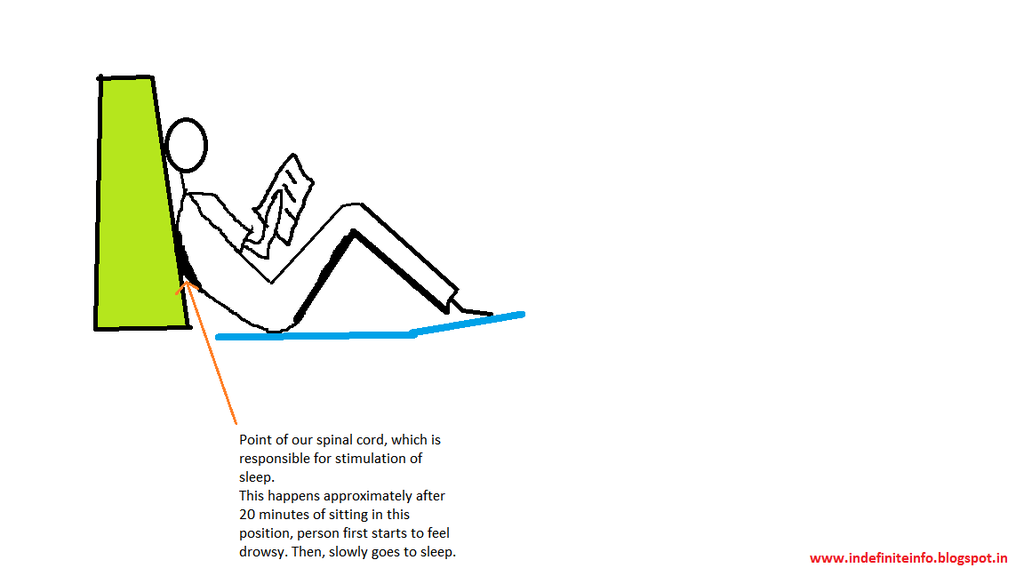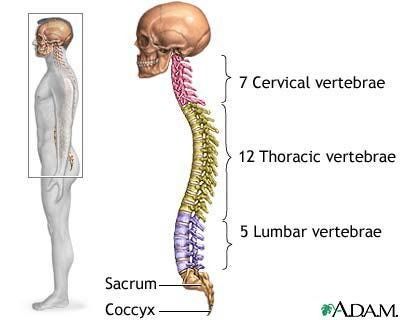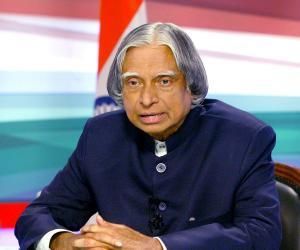APJ Abdul Kalam
(15 Oct. 1931 - 27th Jul. 2015)
Famously known as missile man of India.
A Gem lost in 21st Century of India
Little did Jainulabdeen and Ashiamma know
that their son would grow up to be the first citizen of India. An Indian
scientist and administrator, Kalam served as the 11th President of
India from 2002 until 2007. One amongst the most respected people of the
country, Kalam contributed immensely both as a scientist and as a
president. His contribution at the Indian Space Research Organization
(ISRO) was immense. He was responsible for numerous projects such as
Project Devil and Project Valiant and launch of the Rohini-1, besides
developing missiles under the missions Agni and Prithvi. For the same,
he was popularly tagged as the “Missile Man of India”. Kalam was honored
with great laurels and awards for his work by both the Government of
India and other countries. After completing his term as President, Kalam
served as a visiting professor in various esteemed institutes and
universities of India.
Abdul Kalam will remain one of the finest
human beings to have ever lived. He lived an illustrious and successful
life, and his legacy will continue to inspire people around the world in
the coming years. Below is a list that tries to do justice to his
numerous achievements:
1. After graduating from Madras
Institute of Technology in 1960, Mr Kalam joined the Defense Research
and Development Organization (DRDO). He designed helicopters for the
Indian Army, but he always said he didn’t feel at home at the DRDO.
2. In 1969 he got the Government’s approval to expand the programme by including more engineers and scientists.
3. After he was transferred to
the Indian Space Research Organization (ISRO), Mr Kalam worked as the
project director for SLV-III, India’s first indigenous satellite launch
vehicle.
4. SLV-III successfully launched satellite Rohini to orbit on July 1980. From then, Mr Kalam expanded India’s space programme.
5. In the 1980s he led India’s
missile programme. Under his leadership, India became a major military
power after the successes of Agni and Prithvi.
6. He was the Chief Scientific
Adviser to the Prime Minister and the Secretary of Defence Research and
Development Organisation from July 1992 to December 1999.
7. In 1998, along with
cardiologist Dr.Soma Raju, Kalam developed a low cost Coronary stent. It
was named as “Kalam-Raju Stent” honouring them. In 2012, the duo
designed a rugged tablet PC for health care in rural areas, which was
named as “Kalam-Raju Tablet”.
8. In 1998, the Pokhran-II tests
cemented India’s nuclear prowess. Mr Kalam played the pivotal role in
the project. He firmly told the international community that such arms
were only to deter other nations from trying to subjugate India, and
were only to be used as “weapons of peace”.
9. In a rare show of unity, all political parties unanimously voted for Mr Kalam in 2002 as the 11th President of India.
10. As President, Mr Kalam
personified dignity and optimism throughout India and abroad. His
stirring speeches at the UN and the European Parliament are among the
best ever delivered. His simplicity in oration and action were applauded
and made him dear to all.
11. After the completion of his
term as President, Mr Kalam became a visiting professor, wrote
extensively and launched many initiatives for youth development. “Wings
of Fire” and “India 2020” are modern classics, and have motivated
millions of Indians.
12. His books envision his dream
of India as a superpower, with Indians as innovative and unique in their
thinking. His speeches, books, works – all are the legacy of a man who
spent all his life trying to make the world a better place.
Personal life and facts:
- Abdul Kalam remained unmarried throughout his life.
- A.P.J. Abdul Kalam grew up in poverty and distributed newspapers as a young boy to contribute to his father’s meager income.
- He was a protégé of the great Indian scientist Dr. Vikram Sarabhai who guided him and gave him valuable advice.
- He
always faced the press following failed tests at ISRO and accepted
responsibility for his mistakes but never claimed the credit for any of
the massive successes achieved at the organization.
- He was the first bachelor to become the president and occupy Rashtrapati Bhawan.
- Kalam was the third President of India to have been honored with a Bharat Ratna before being elected to the office of President.
- He was known to write his own thank you cards with personalized messages in his own handwriting.
- He
was a scholar of Thirukkural (a classic of couplets or Kurals) and was
known to quote at least one couplet in most of his speeches.
- He had a keen interest in literature and wrote poems in his native Tamil.
- A practicing Muslim, he was also well versed with Hindu traditions and read the Bhagavad Gita.
- He had more than a million followers on Twitter but followed only 38 people.
APJ Abdul Kalam, was a true Gentleman who proudly, lived his successful life and it was the world who admired and will remember him always.






